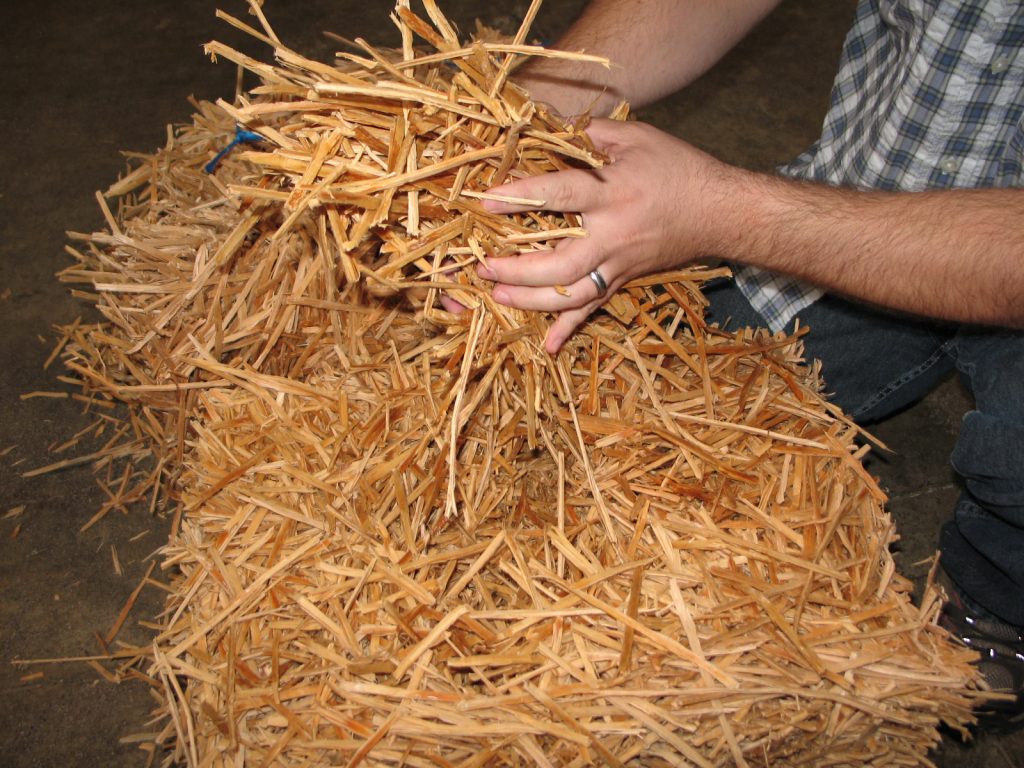Abstract
Fugitive dust from eroding land poses risks to environmental quality and human health, and thus, is regulated nationally based on ambient air quality standards for particulate matter with mean aerodynamic diameter <= 10 µm (PM10) established in the Clean Air Act. Agricultural straw has been widely used for rainfall-induced erosion control; however, its performance for wind erosion mitigation has been less studied, in part because straw is mobile at moderate wind velocities. A woodbased long-strand material has been developed for rainfallinduced erosion control and has shown operational promise for control of wind-induced erosion and dust emissions from disturbed sites. The purpose of this study was to evaluate the efficacy of both agricultural straw and wood-strand materials in controlling wind erosion and fugitive dust emissions under laboratory conditions. Wind tunnel tests were conducted to compare wood strands of several geometries to agricultural wheat straw and bare soil in terms of total sediment loss, PM10 vertical flux, and PM10 loss. Results indicate that the types of wood strands tested are stable at wind speeds of up to 18 m s^-1, while wheat straw is only stable at speeds of up to 6.5 m s^-1. Wood strands reduced total sediment loss and PM10 emissions by 90% as compared to bare soil across the range of wind speeds tested. Wheat straw did not reduce total sediment loss for the range of speeds tested, but did reduce PM10 emissions by 75% compared to a bare soil at wind speeds of up to 11 m s^-1.
About the Publication
Copeland, N.S., B.S. Sharratt, J.Q. Wu, R.B. Foltz, and J.H. Dooley. 2009. A wood-strand material for wind erosion control: effects on total sediment loss, PM10 vertical flux, and PM10 loss. Journal of Environmental Quality 38:139-148.
Read the full article in PDF format:

